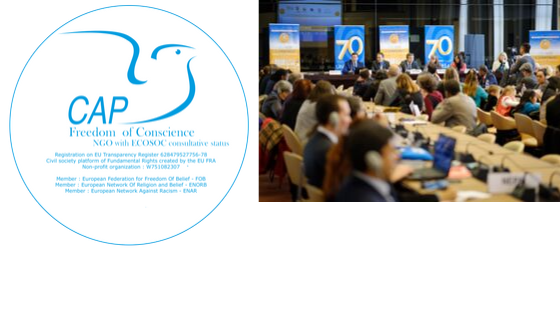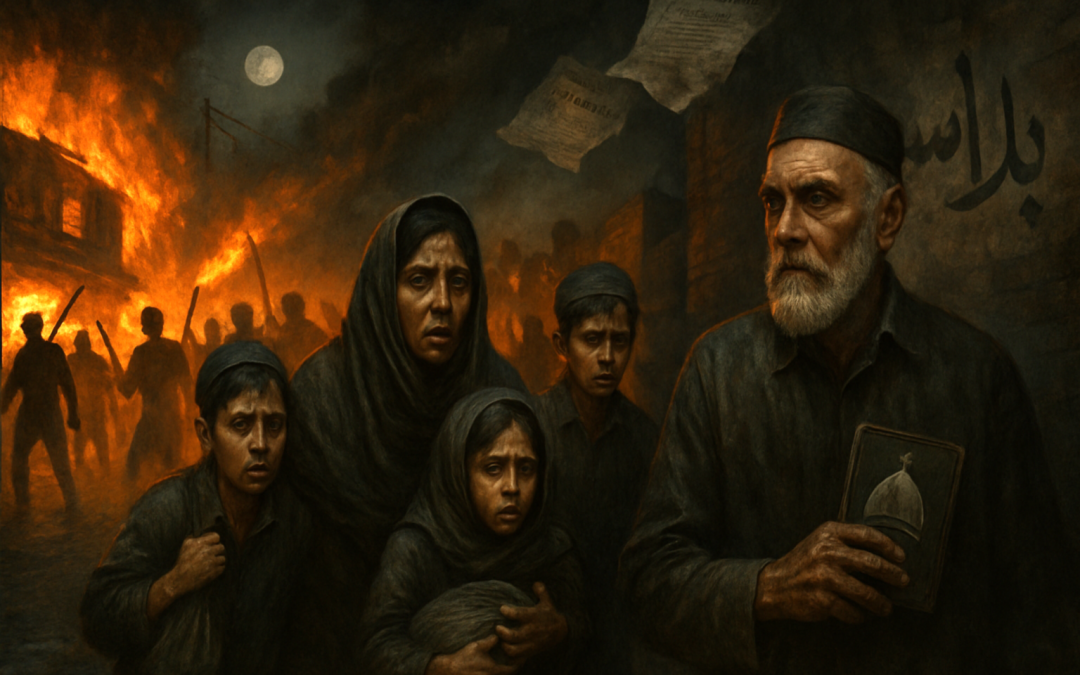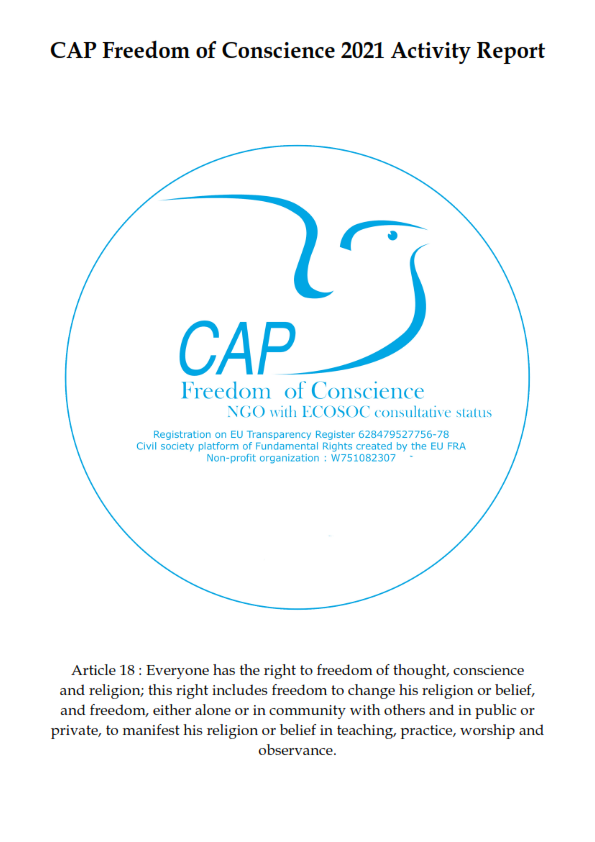The Ahmadiyya community in Pakistan, legally designated as a non-Muslim minority since 1974, faces a persistent and severe climate of religious persecution. This discrimination is entrenched in national law and often erupts into public violence, with state authorities frequently failing to provide adequate protection or justice. The recent violent attack on the Ahmadiyya community in the village of Piro Chak, Sialkot, Punjab, on September 28, 2025, is a stark illustration of this ongoing crisis.
The Piro Chak Attack: A Case Study in Mob Violence
On the evening of September 28, 2025, a violent mob descended upon the Ahmadiyya residents of Piro Chak, a village in the Sialkot district of Punjab, Pakistan. The assailants, incited by religious hatred, systematically attacked homes, shops, and vehicles belonging to members of the community. Eyewitness accounts and journalistic reports describe a scene of terror and destruction, with properties set ablaze and looted while the occupants fled for their lives.
The attack was not an isolated, spontaneous event but the culmination of prolonged hate speech and incitement against the local Ahmadi population. According to a detailed report by the International Human Rights Committee (IHRC), the violence was directly fueled by a social media campaign and announcements from mosque loudspeakers, which falsely accused Ahmadis of blasphemy—a common and dangerous trope used to justify violence against them. The IHRC report states, “The mob, estimated to be in the hundreds, used sticks, stones, and firearms. They set fire to at least six Ahmadi-owned homes and shops, completely destroying them. Numerous vehicles were also torched, and the community’s place of worship was vandalized” (Source). This account is corroborated by national media; Dawn news confirmed that a heavy police contingent was deployed only after the violence had subsided, raising serious questions about the failure to preempt the attack despite clear warning signs (Source).
A Legal Framework of Discrimination
To understand the environment that enables such attacks, one must examine Pakistan’s legal architecture, which institutionalizes discrimination against Ahmadi Muslims. The Second Amendment to the Pakistani Constitution in 1974 declares Ahmadis to be non-Muslims. This was further cemented by Ordinance XX of 1984, which criminalizes Ahmadi religious practices, prohibiting them from “posing as Muslims,” using Islamic terminology, and performing their call to prayer. These laws effectively render the core tenets of the Ahmadi faith illegal and officially sanction the community’s persecution.
This legal framework creates a culture of impunity, where vigilante groups feel empowered to act against Ahmadis, knowing that the state itself views them as heretics. The police, often reflecting broader societal prejudices or fearing backlash from powerful religious groups, are frequently accused of inaction or complicity. The Friday Times reported that in the aftermath of the Piro Chak attack, “police have registered cases against both the victims and the perpetrators,” a common tactic that further victimizes the Ahmadis by equating their mere existence with provocation (Source). This legal and administrative bias discourages Ahmadis from seeking protection from the state, leaving them profoundly vulnerable.
A Pattern of Societal Intolerance and Violence
The events in Piro Chak are not an anomaly but part of a recurrent pattern of violence against the Ahmadiyya community across Pakistan. From the deadly attacks on Ahmadi mosques in Lahore in 2010 to the targeted killings of prominent Ahmadi figures, the community has long been a scapegoat for extremist elements. This societal intolerance is cultivated through hate speech in media, from certain religious pulpits, and within the educational curriculum, which often excludes or misrepresents religious minorities.
The physical violence is accompanied by economic and social boycotts, forcing many Ahmadis to conceal their religious identity to secure employment, education, and basic social services. The destruction of shops and homes in Piro Chak is a direct attack on the community’s economic livelihood, a tactic intended to force them into displacement and submission. This multi-faceted persecution—legal, social, and violent—creates a state of perpetual siege for Pakistani Ahmadis, who live as second-class citizens in their own country.
Actions and International Advocacy
A key aspect of this work is CAP LC’s long-standing collaboration with the International Human Rights Committee (IHRC). For many years, the two organizations have partnered on joint submissions for Pakistan’s Universal Periodic Review (UPR) at the UN, side-events in Geneva, and public awareness campaigns. Their collaborative reports provide detailed evidence of the discriminatory impact of Pakistan’s blasphemy laws and constitutional provisions against the Ahmadiyya community. They consistently recommend the repeal of these discriminatory laws, the proper investigation and prosecution of perpetrators of violence, and the implementation of educational programs to promote religious tolerance. The recent tragedy in Piro Chak underscores the critical urgency of these long-standing recommendations and demonstrates the Pakistani government’s failure to implement effective protective measures for its most vulnerable citizens.




